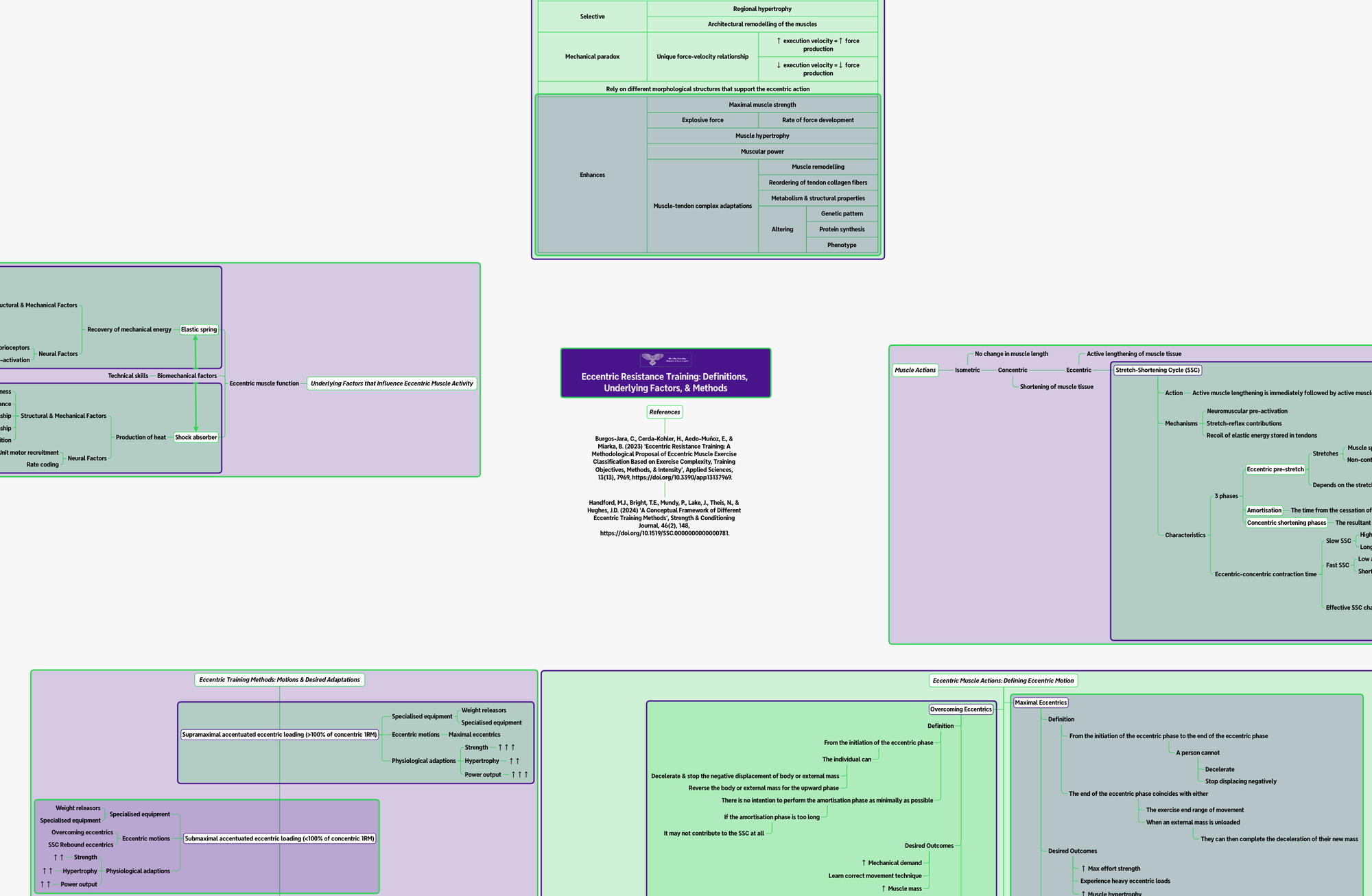Eccentric Resistance Training
Eccentric muscle actions occur when an external force exceeds the force produced by the muscle, causing the muscle to lengthen under tension. They are also known as contractions happening while the muscle lengthens.

Eccentric muscle actions manifest themselves when an external force surpasses the force generated by the muscle, leading to the muscle being elongated under tension, a phenomenon known as pure eccentric action. Another perspective on these actions describes them as a type of muscular contraction occurring concurrently with muscle lengthening. The spectrum of muscle actions encompasses (i) isometric muscle action devoid of any alteration in muscle length, (ii) concentric muscle actions involving muscle tissue shortening, and (iii) eccentric muscle actions entailing the active lengthening of muscle tissue against an external force or load. Hence, the capacity to store, magnify, and modulate muscular energy plays a pivotal role in muscular well-being, enabling the design of efficient and effective training regimens. The realm of eccentric muscle actions and related training methodologies is evolving, evolving into an inclusive term encompassing diverse training approaches. Consequently, it is imperative to differentiate between an exercise's eccentric muscle actions and its eccentric phases as distinct components.
It is advised that eccentric muscle actions can be categorized into the following types: Maximal, Overcoming, Rebound, Dissipating, and Deceleration Eccentric actions. This categorization offers professionals a broad array of training techniques tailored to the unique characteristics of each desired eccentric muscle action. The proposed eccentric movements are intended to assist coaches and scholars in understanding the specific eccentric motion they intend to incorporate, thereby facilitating the desired training outcomes. This theoretical framework serves as a foundation for accurately dissecting the eccentric phase, enabling the precise identification and prescription of exercises geared towards specific training adaptations.

